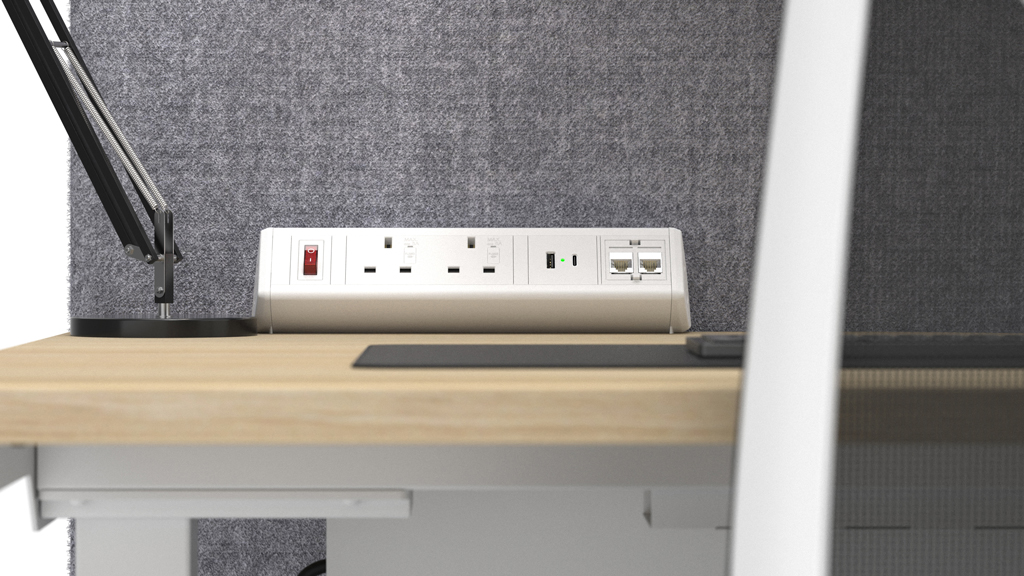The BS 5733 standard is a British Standard for general requirements for electrical accessories. It provides safety and performance requirements for electrical accessories that do not fall under a specific individual British Standard. It ensures such products are safe, reliable, and suitable for consumer or commercial use in the UK and other regions that follow British Standards.

BS 5733 sets out testing methods, construction requirements, and safety benchmarks for electrical accessories like Metalicon power and charging modules and other adaptors, connectors, power outlets, sockets and chargers. If a power accessory includes multiple elements or unique designs not already covered under specific standards like BS 1363 for UK plugs/sockets, BS 5733 fills the gap to ensure safety.
The key requirements to meet BS 5733 include:
Electrical Safety
Ensures that live parts are protected not exposed, terminals are secure, and insulation is adequate (dielectric strength and insulation resistance).
Thermal Testing
Verifies that no part overheats under rated load conditions, with no risk of fire or component failure.
Mechanical Strength
Confirms the unit can withstand physical stress during normal use; handling, plugging/unplugging, vibration, etc.
Resistance to Heat/Fire
Makes sure materials used don’t deform or ignite under stress.
Marking & Instructions
Ensures proper labelling of voltage, current ratings, CE/UKCA markings, etc. These should be clearly marked on the product. Clear instructions should be included.
Constructional Integrity
Proper enclosure, creepage distances, and wiring space.
Compatibility
Confirms that the module works safely with BS 1363 sockets or plugs, where applicable.

All our power modules are designed and manufactured to meet the requirements for the BS 5733 certification and you should see this displayed on the product label. This includes Boost desktop power modules, Solo Plus and Click in-surface modules and Powerlink under desk power modules which can all be daisy-chained together using GST 3-pole cable connections. Read our daisy-chaining guide for more information.